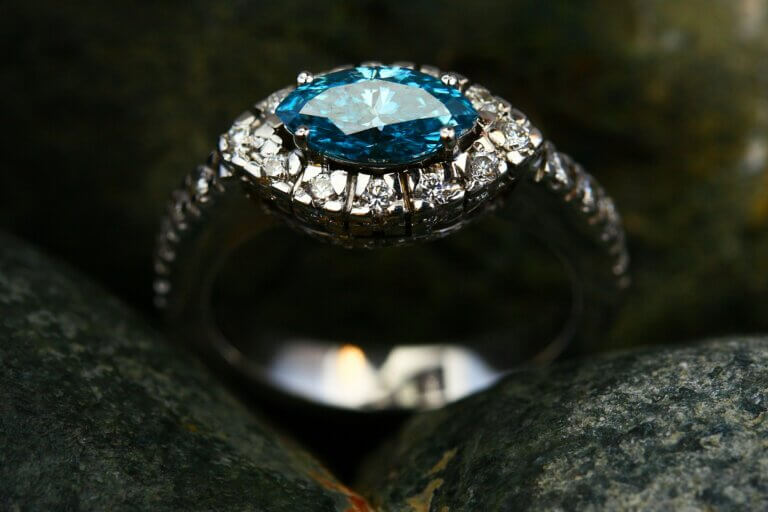Prada has officially acquired Versace for €1.25 billion (approximately $1.375 billion) from Capri Holdings. This landmark deal, announced on April 10, 2025, marks a significant shift in the luxury fashion landscape, bringing together two iconic Italian brands with distinct identities.
Table of Contents
Minimalist Prada, Maximalist Versace
Prada, known for its minimalist elegance and avant-garde designs, has long symbolized understated luxury.
Versace, in contrast, is known for bold glamour, vibrant prints, and daring silhouettes.
The fusion of these contrasting styles under one corporate umbrella raises intriguing questions about their future creative direction.
The acquisition comes at a time when Versace has been facing financial challenges, with annual sales reportedly dwindling to $613 million under Capri Holdings. Prada aims to rejuvenate the brand by leveraging its robust infrastructure in leather goods and high-margin sectors like handbags and footwear, areas where Versace has struggled.
Why Now? Versace’s Declining Sales
The acquisition price of €1.25 billion represents a significant discount compared to the $2.15 billion Capri Holdings paid for Versace in 2018. This valuation reflects Versace’s recent financial struggles and underscores Prada’s strategic acumen in securing the deal.
Prada’s strategic goal is to revive Versace by leveraging its strong infrastructure in leather goods, handbags, and footwear — sectors where Versace has struggled.
Versace’s annual sales have dropped to $613 million, down from $1.1 billion in 2023 under Capri Holdings.
Here’s a brief overview of Versace’s financial trajectory:
Versace Financial Performance (2020–2025)
| Fiscal Year | Revenue (USD) | Operating Profit/Loss |
|---|---|---|
| 2020 | $843 million | Loss of $8 million |
| 2021 | $718 million | Profit of $21 million |
| 2022 | $1.088 billion | Profit of $185 million |
| 2023 | $1.106 billion | Profit of $152 million |
| 2024 | $1.03 billion | Profit of $25 million |
| 2025 | $613 million(Q1-Q3) | Loss of $41 million |
For Capri Holdings, the sale allows the company to refocus on its core brands and address financial challenges, including a reported 9.2% sales decline in fiscal year 2024.
Strategic Stakes for Prada and Italy
This acquisition is more than just a business transaction; it’s a strategic move to bolster Italy’s position in a luxury sector increasingly dominated by French conglomerates like LVMH and Kering. By integrating Versace into its portfolio, Prada is positioning itself as a formidable player in the global luxury market.
The deal also reflects a broader trend of consolidation in the fashion industry, as brands seek to expand their reach and resources in an increasingly competitive landscape. For Prada, this acquisition represents a bold step toward creating a diversified luxury group capable of competing on the world stage.
New Roles: Donatella Out, Vitale In
In a significant leadership change, Donatella Versace has stepped down as Chief Creative Officer, transitioning to the role of Chief Brand Ambassador.
Dario Vitale, known for his work with Miu Miu, has been appointed as the new Creative Director of Versace.
Vitale’s appointment signals a potential shift in Versace’s creative direction, possibly blending the brand’s iconic bold aesthetic with Prada’s refined sensibilities. This fusion could result in innovative designs that appeal to a broader audience while maintaining the distinct identities of both brands.




